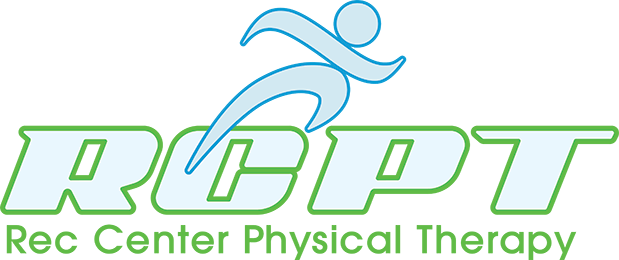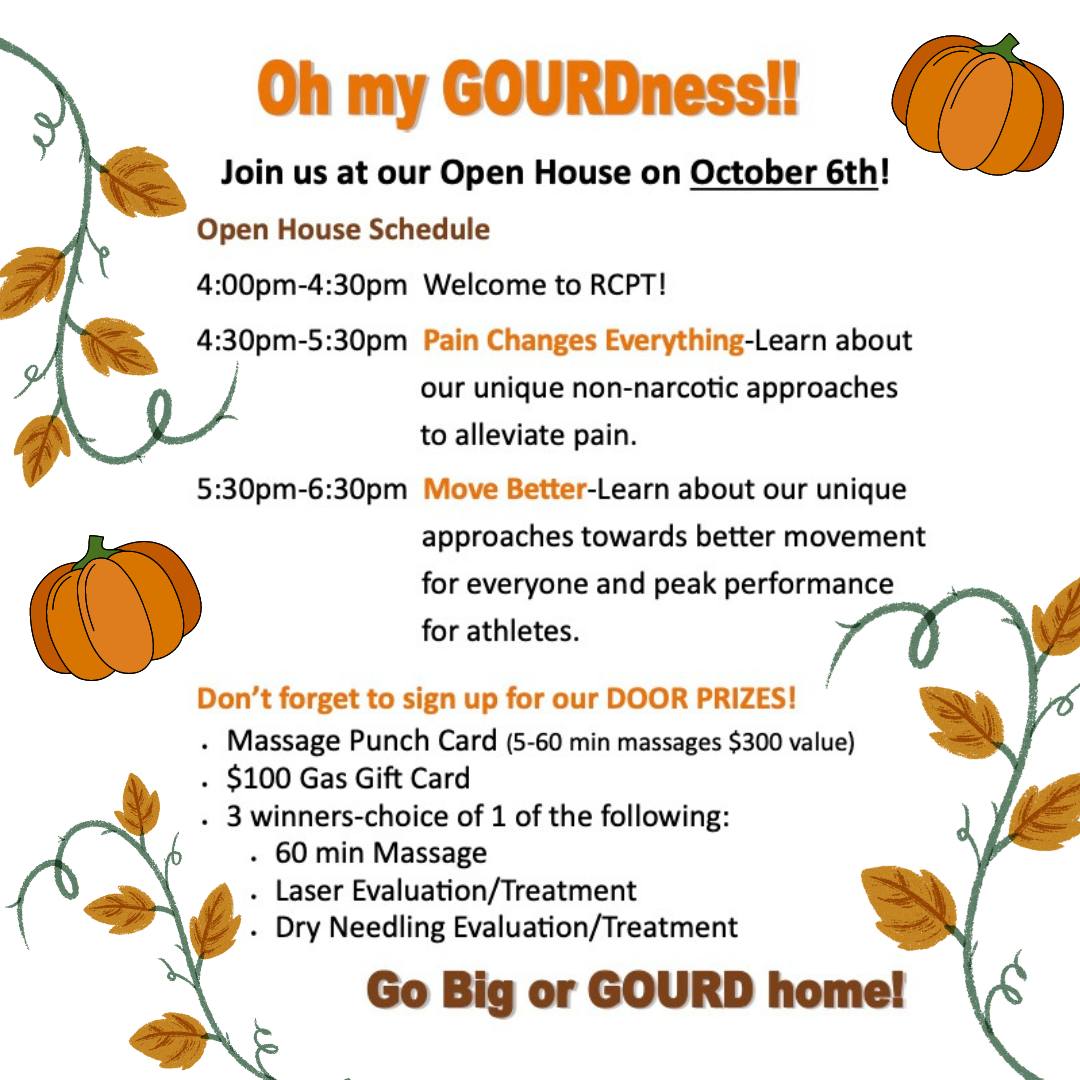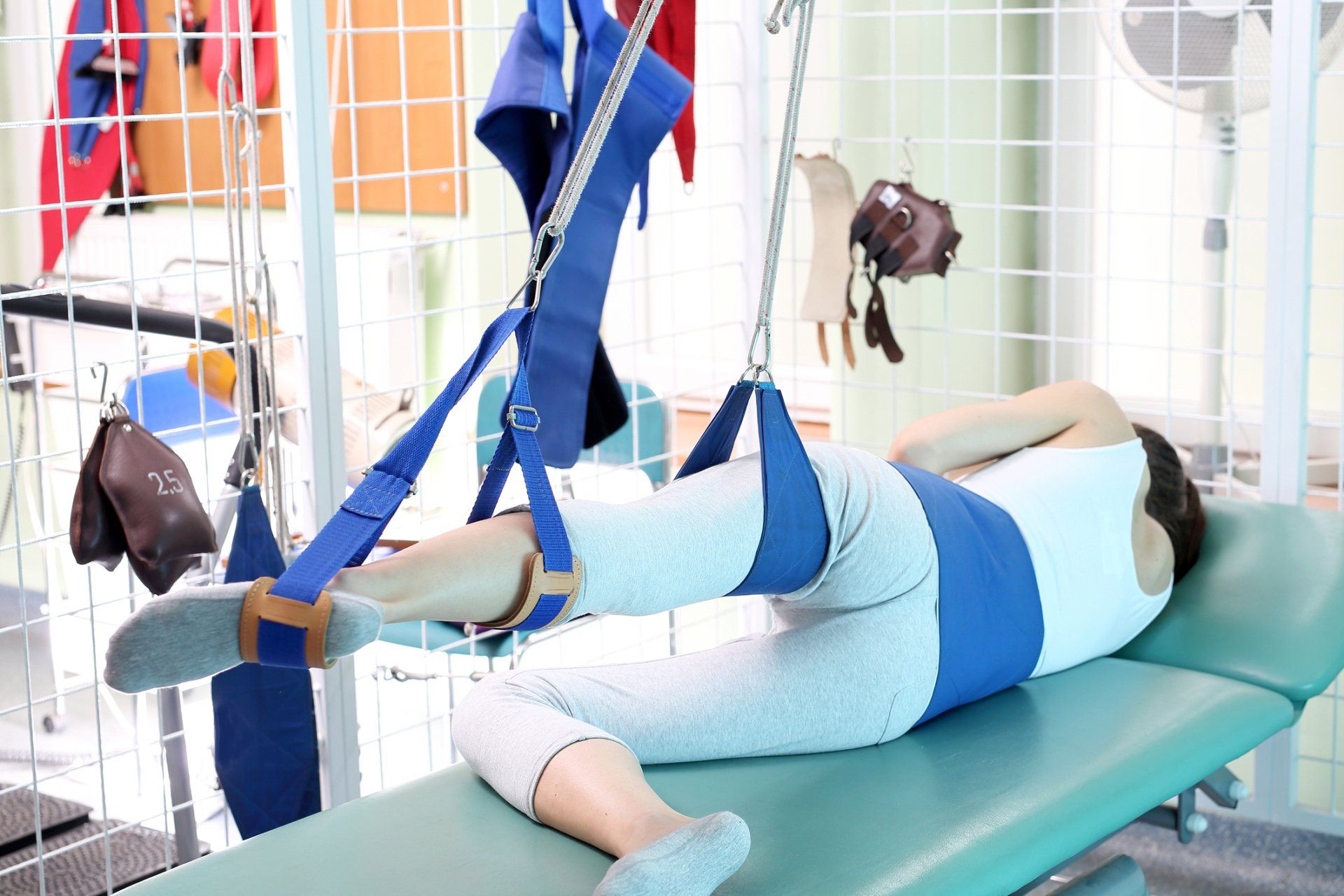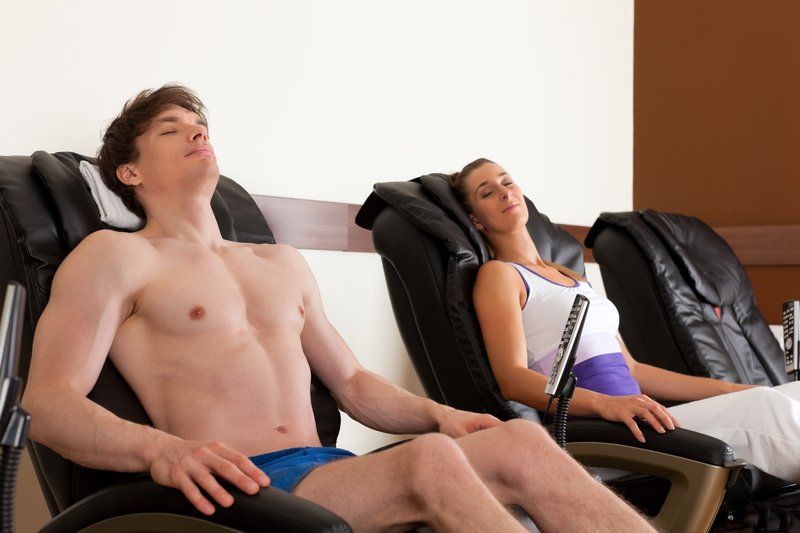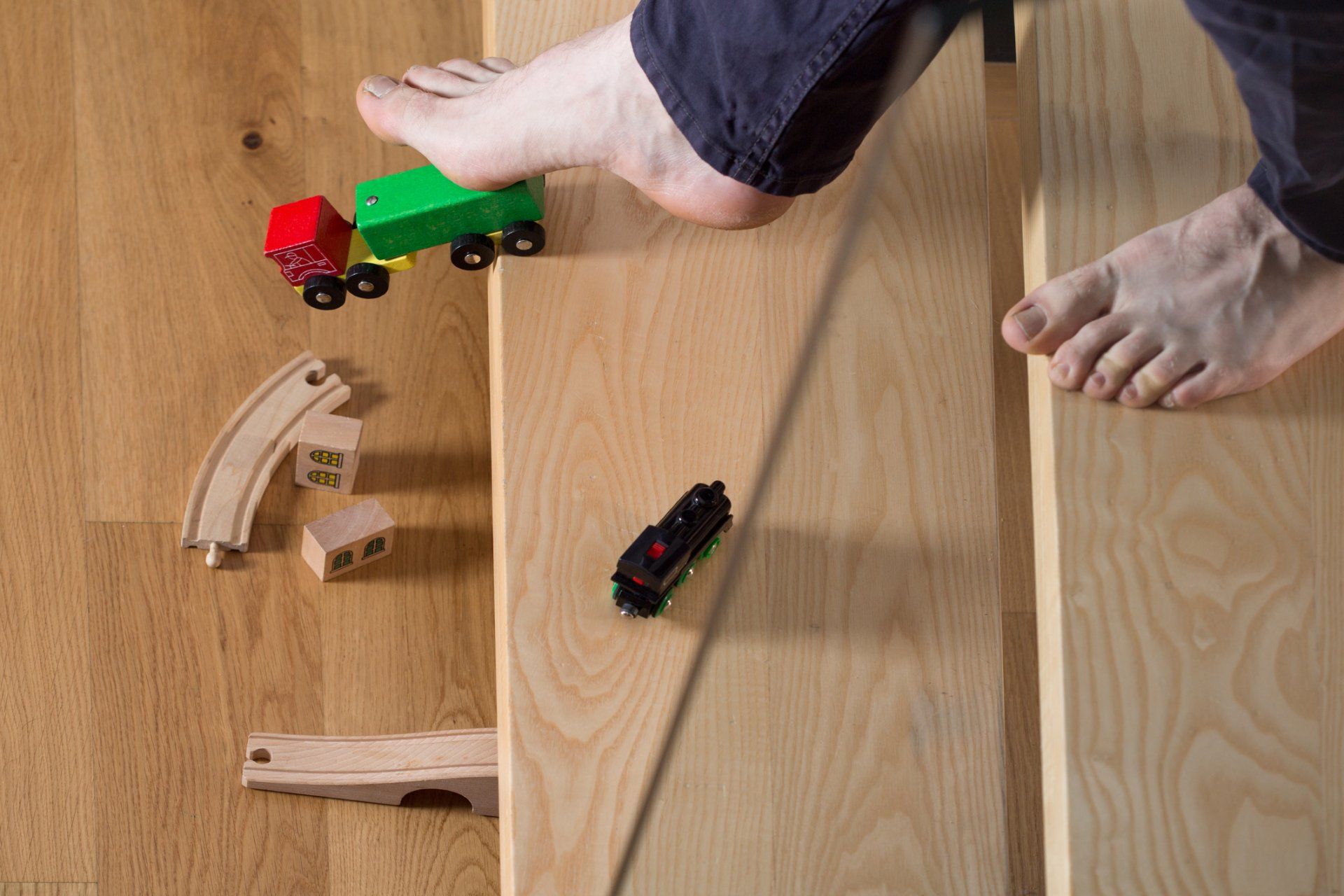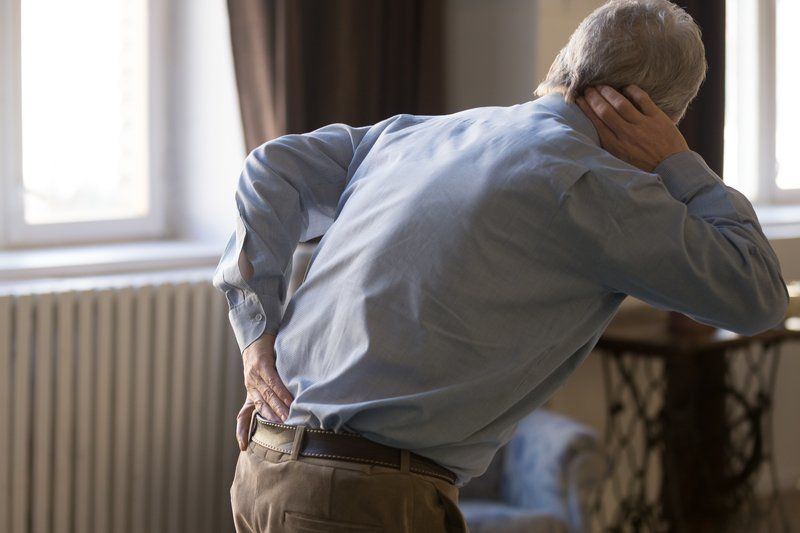Osteoporosis

What is Osteoporosis?
Osteoporosis causes bones to become weak or brittle. Bone is living tissue that is constantly being broken down and replaced. Osteoporosis occurs when creation of new bone doesn’t keep up with the loss of old bone.
Who is affected by Osteoporosis?
Osteoporosis affects men and women of all races. Older white and Asian women who are past menopause are at highest risk. Healthy diet, weight bearing exercises and medications can prevent bone loss or strengthen weak bones.
Symptoms:
Typically, there are no symptoms in early bone loss. In most cases people with osteoporosis don’t know they have the condition until they have a fracture. Pain may be the only symptom prompting them to seek medical attention to confirm a fracture with an x-ray. Once your bones have been weakened by osteoporosis, you may have signs and symptoms that include:
- Back pain, caused by a fracture or collapsed vertebra
- Loss of height over time, greater than 1inch
- A stooped posture
- A bone that breaks more easily than expected
If you don’t have symptoms, but have a family history of osteoporosis, went through early menopause (including early hysterectomy) or took corticosteroids for several months at a time, you may be at risk for osteoporosis. Talk to your doctor, who can help you assess your risk. Without appropriate treatment osteoporosis can worsen. As bones get weaker, the risk of fracture increases.
Causes of Osteoporosis:
Your bones are in a constant state of renewal. New bone is made and old bone is broken down. When you’re young, your body makes new bone faster than it breaks down old bone and your bone mass increases. Most people reach peak bone mass by age 30. As people age, bone mass is lost faster than it is created. How likely you are to develop Osteoporosis depends partly on how much bone mass you developed in your youth. Peak bone mass appears to be inherited and varies by ethnic group. The higher your peak bone mass, (the more bone mass you have in the bank) by age 30, the less likely you are to develop osteoporosis as you age.
Risk factors:
A number of factors can increase the likelihood of developing osteoporosis. These include age, race, lifestyle choices and medical conditions and treatments. Some risk factors are out of your control, including:
- Your Sex: Women are much more likely to develop osteoporosis than men.
- Age: The older you get the greater your risk of osteoporosis
- Race: You are at greater risk if you are of white or Asian descent
- Family History: Having a parent or sibling with osteoporosis puts you at higher risk, especially if your mother or father fractured a hip
- Body frame size: Men and women with small body frames tend to have a higher risk because they might have less bone mass to draw from as they age
- Sex hormones: Lowered sex hormones levels tend to weaken bone. The decrease in estrogen levels in women at menopause (age 45-55) is one of the strongest risk factors for developing osteoporosis. Men continue to lose bone at a slower rate at this age than women, but by ages 65-70 women and men are usually losing bone at the same rate. Men have a gradual reduction of testosterone levels as they age. Treatments for prostate cancer that reduce testosterone in men and breast cancer treatment that reduce estrogen in women are likely to accelerate bone loss.
- Thyroid, overactive parathyroid and adrenal gland issues also contribute to bone loss.
Dietary factors:
Osteoporosis is more likely to occur in people who have:
- Low Calcium intake.
- Eating disorders
- Gastrointestinal surgery and other disorders
- Long term use of oral or injected corticosteroids
- Medications taken for seizures, gastric reflux, cancer and transplant rejection
- Other diseases: Celiac disease, Inflammatory Bowel Disease, Kidney or Liver disease, cancer, Lupus, Multiple myeloma, Rheumatoid Arthritis.
Lifestyle choices:
Poor habits can increase your risk of Osteoporosis including:
- Sedentary lifestyle: People who sit a lot have a higher risk of osteoporosis than those who are more active. Any wt bearing exercise and activities that promote balance and good posture are beneficial for your bones. Examples include walking, running, jumping, dancing and weight lifting.
- Excessive alcohol consumption: More than 2 alcoholic drinks per day
- Tobacco use
Bone density test for diagnosis:
To check for osteoporosis, your doctor will review your medical history and do a physical exam. They may also run blood and urine tests to check for other conditions that may cause bone loss. A DEXA scan, Dual Energy X-ray Absorptiometry is a low dose X-ray of your spine, hips and wrists that is recommended at age 40 for a baseline and repeated every 2 years.
DEXA results:
- T score: > -1.0 is normal Bone Density
- T score: -1.0 to < -2.5 reflects 10-25% bone loss/ Osteopenia
- T score: - 2.5 or greater reflects 25% or more bone loss/ Osteoporosis
Osteopenia vs osteoporosis:
If your doctor tells you that you have osteopenia, you may think you misheard the word “osteoporosis”. However, osteopenia is a separate condition from osteoporosis, where you have below normal bone density, but not as severe /low as osteoporosis.
In many cases, osteopenia can lead to osteoporosis, so if you have osteopenia, you should take steps to strengthen your bones.
Treating Osteoporosis:
If you are diagnosed with osteoporosis, your doctor will work with you to create a treatment plan. They may prescribe medications as well as lifestyle changes. These lifestyle changes can include increasing your intake of calcium and vitamin D as well as appropriate exercise. There is no cure for osteoporosis, but proper treatment can help protect and strengthen bones.
These treatments can help slow the breakdown of bone in your body, and some treatments can spur the growth of new bone.
In addition to your treatment plan, an appropriate diet can help strengthen your bones. Healthy bones need certain nutrients, such as calcium to maintain strong bones and vitamin D to help absorb calcium. Other nutrients that promote bone health include protein, magnesium, vitamin K and zinc. Good sources of calcium include, low fat dairy products, dark green leafy vegetables, canned salmon or sardines with bones, soy products such as tofu and calcium fortified cereals and orange juice.
Recommended daily calcium for women 50+ and men 70+ is 1200 mg/ day. An easy way to calculate calcium on your food labels is; if 1 cup of milk is 30% of your daily intake, add a zero and that cup of milk provides 300 mg of calcium.
Recommended vitamin D for adults 50-70 years old is 600iu- 800 iu per day provided through food and supplements. Discuss with your doctor what amounts you should consume.
Osteoporosis is a condition that can have serious effects. It can lead to fractures, pain and limited function and other complications.
For instance, treatment for a hip fracture can include staying in bed for long periods, which raises your risk of blood clots, pneumonia and other infections. The good news is there’s a lot you can do to prevent and treat osteoporosis; from eating right and exercising to taking appropriate medications.
Some other things to prevent fractures include:
- Avoiding forward bending, side bending and rotation (twisting) through the spine
- Sit tall when coughing and sneezing or having a bowel movement (no bending forward)
- Stand to side of oven (and other appliances) and bend at hips without twisting to reach into oven
- Keep your spine straight when putting on socks and shoes. Sit and bring foot to your opposite ankle
- Bend at hips when leaning over sink to brush teeth or wash face/ makeup and shaving
- Do not try to open heavy or stuck windows
- Keep spine straight and lift with legs when lifting heavy objects
- Improve balance, leg strength, spine extension, hip extension
- Weight bearing exercises
- Wear supportive shoes
- Use assistive device if needed
- Keep floors free of clutter and halls well lit
- Have vision and hearing checked often
Exercise:
Exercise can help you build strong bones and slow bone loss. Exercise will benefit your bones no matter when you start, but you’ll gain the most benefits if you start exercising regularly when you’re young and continue to exercise throughout your life.
Combine strength training exercises with weight bearing and balance exercises. Strength training helps strengthen muscles and bones in your arms and upper spine. Weight bearing exercise, such as walking, jogging, running, stair climbing, skipping rope, skiing and impact producing sports mainly affect the bones in your legs, hips and lower spine. Balance exercises such as tai chi can reduce your risk of falling especially as you get older. Swimming, cycling and exercising on machines such as elliptical trainers can provide a good cardiovascular workout, but they don’t improve bone health.
If you think you’re at risk for osteoporosis or you’ve been diagnosed with it, talk to your doctor. They can work with you to put together a prevention or treatment plan that can help improve your bone health and reduce your risk of complications.
Come see us at Rec Center Physical Therapy for appropriate exercises to strengthen your body, work on posture and balance to improve your bone health and prevent falls. Preventing falls, prevents fractures.
A good source for more information is the National Osteoporosis Foundation. www.nof.org or call 1-800-231-4222.
Here at Rec Center PT, Lisa Patterson, PTA received her education as a Physical Therapist Assistant from Kellogg Community College in Battle Creek, Michigan. She has 30 years of clinical experience in the outpatient rehabilitation setting. She has training in Pilates for Rehabilitation, Osteoporosis and Manual Therapy. Her training in Pilates for Rehabilitation is instrumental in assisting our patients with posture, core strength and avoiding falls to improve overall function.



